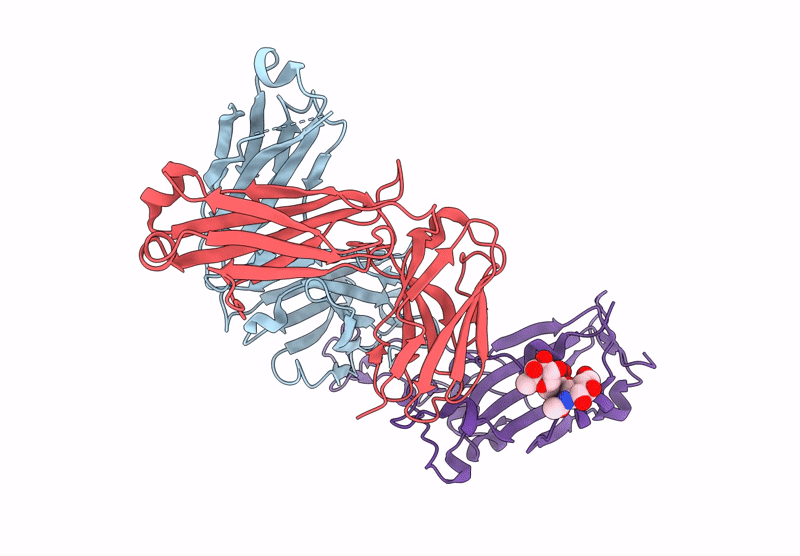
Deposition Date
2022-08-03
Release Date
2023-01-18
Last Version Date
2024-10-30
Entry Detail
PDB ID:
8DXT
Keywords:
Title:
Fab arm of antibody GAR12 bound to the receptor binding domain of SARS-CoV-2.
Biological Source:
Source Organism:
Homo sapiens (Taxon ID: 9606)
Severe acute respiratory syndrome coronavirus 2 (Taxon ID: 2697049)
Severe acute respiratory syndrome coronavirus 2 (Taxon ID: 2697049)
Host Organism:
Method Details:
Experimental Method:
Resolution:
2.25 Å
R-Value Free:
0.25
R-Value Work:
0.21
R-Value Observed:
0.21
Space Group:
I 1 2 1


